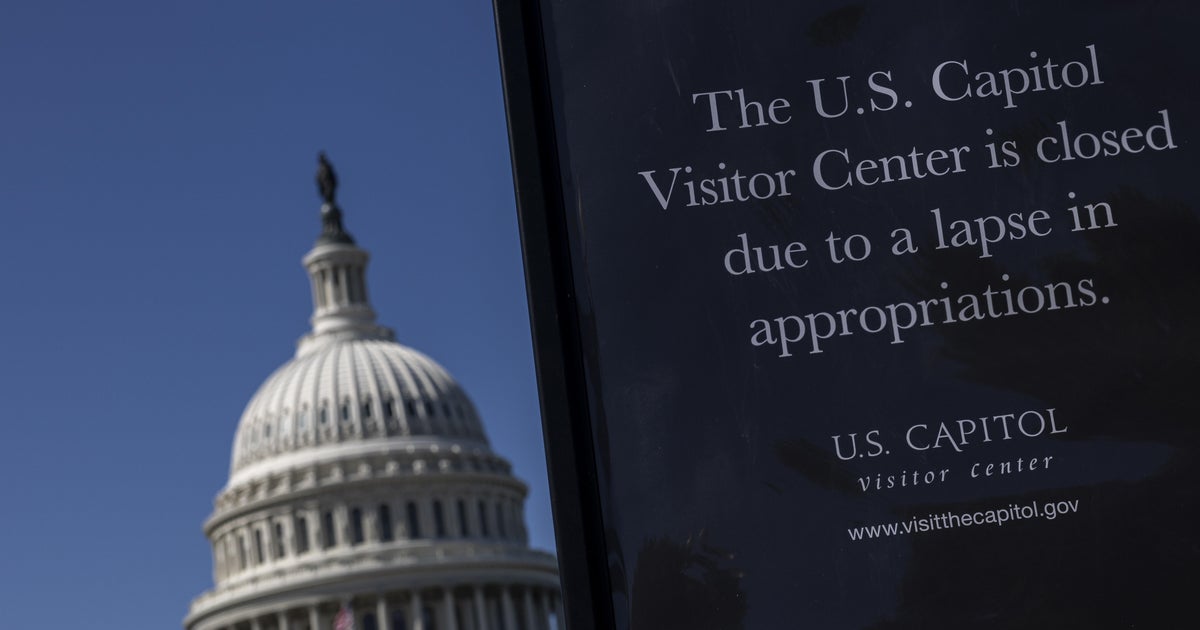Trump Administration Begins Federal Layoffs as Government Shutdown Intensifies, Economic Impact Grows
Trump Administration Begins Federal Layoffs as Government Shutdown Intensifies, Economic Impact Grows

As the government shutdown persists, the Trump administration has commenced significant federal workforce reductions, with RIF (Reduction in Force) cuts taking effect today, October 3, 2025. This move follows an announcement by OMB Director Russell Vought to Republican lawmakers earlier this week, signaling a deepening crisis and a shift in the administration’s strategy.
President Trump indicated earlier that “a lot of good can come down from shutdowns,” suggesting the administration intends to use the current impasse to permanently cut federal workers and programs traditionally supported by Democrats. He stated intentions to implement “irreversible” changes, including slashing programs and personnel. Director Vought has already begun freezing or cutting federal funding for projects, particularly in “blue states,” including an $18 billion hold on infrastructure projects in New York City and cuts to climate-related initiatives in states that supported Kamala Harris.
Economists warn that the ongoing shutdown continues to exact a heavy toll on the U.S. economy. Estimates from EY-Parthenon’s chief economist Gregory Daco suggest each week of the shutdown could cost the economy $7 billion and reduce GDP growth by 0.1 percentage points. While some costs, like furloughed employees’ back pay, might be recouped upon reopening, the broader economic damage and loss of consumer confidence are less reversible. The 2018-2019 shutdown, the longest on record, cost the U.S. economy an estimated $11 billion, according to the Congressional Budget Office, and significantly impacted consumer sentiment.
Beyond the broader economic ripple effects, the shutdown incurs direct financial burdens. Federal law mandates back pay for furloughed workers once operations resume, with the CBO estimating the government will pay $400 million daily for non-working employees. Previous shutdowns (2013, 2018, 2019) cost taxpayers nearly $4 billion in back pay and other administrative expenses. This time, however, the administration’s stated intent to implement layoffs could alter the net fiscal impact, making predictions more complex.
Disclaimer: This content is aggregated from public sources online. Please verify information independently. If you believe your rights have been infringed, contact us for removal.